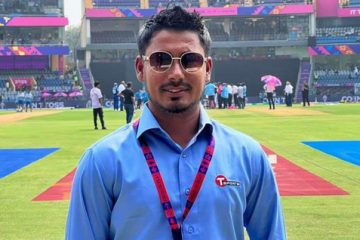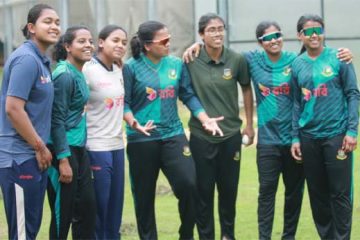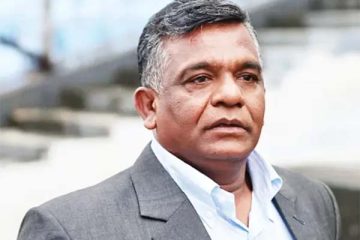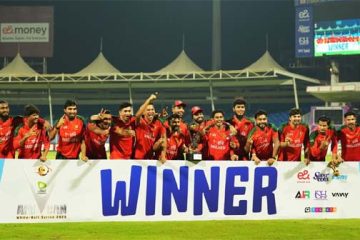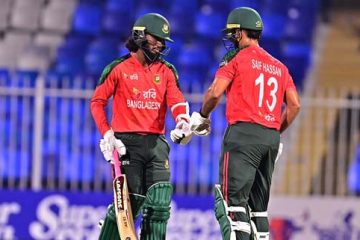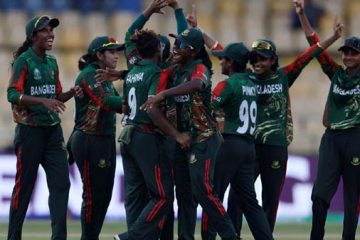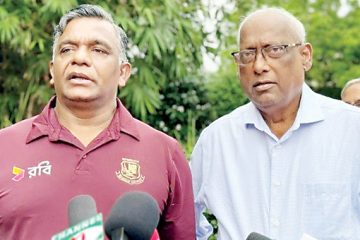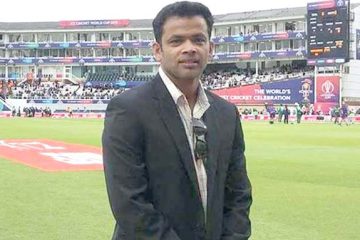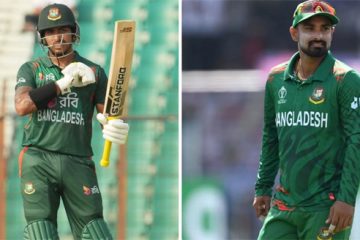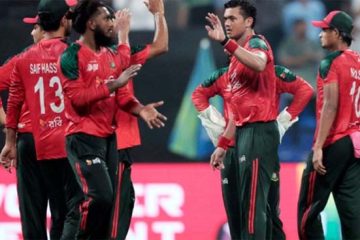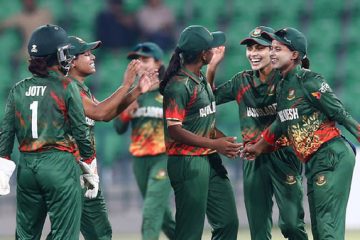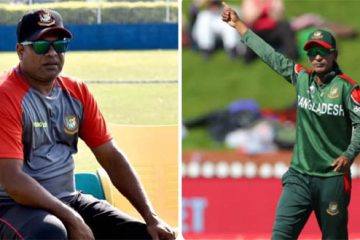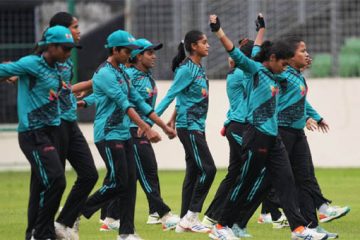New stars are born
The 1983 World Cup, won by India, worked as a stage for some greats to give great individual performances. West Indies sparkled with their galaxy of stars and although they lost the trophy, they were at the peak of their rein as the greatest team in the world. Australia, West Indies’ chief challengers in the previous decade, were on the wane as a lot of their legends were nearing the end of their careers.
It was an unhappy farewell for Dennis Lillee, Jeff Thomson and Rodney Marsh, great players who could not drag their team past the group stage. They retired a few months after the tournament ended, heralding a tough rebuilding period. It was also the last World Cup for New Zealand’s Glenn Turner, West Indies captain Clive Lloyd and England fast bowler Bob Willis.
As great players left, new promising ones made their entrance. One of the best players of the last three generations, and possibly New Zealand’s greatest batsman, Martin Crowe announced himself with a 97 in the tournament opener against England. Another familiar name that made a formidable first impression on the world stage in 1983 was legspinner Abdul Qadir, bamboozling New Zealand to the tune of four for 21 and then improving on it against Sri Lanka with a five-for. It was a Cup debut also for Jeff Dujon, the wicketkeeper of West Indies’s decade of dominance.
The tournament was synonymous with the name Kapil Dev. Though he finished 5th in the batting charts and joint fifth in the bowling tables, the Indian captain’s impact on the tournament was profound, not least because of an astounding innings of 175 not out (a Cup record at the time) against Zimbabwe, when he pulled the team by the scruff of its neck from the mire of 17 for 5. When Richards was going great guns in the final, it was Dev’s incredible back-pedalling catch that turned the tide. He was the force that gave India’s underachievers the belief that they were worthy title contenders.
David Gower, England’s elegant left-handed batsman, finished atop the run charts with 384 runs in seven matches, including 130 off 120 balls in their first match against Sri Lanka at Taunton, and an attractive unbeaten 92 off 96 against New Zealand in Birmingham. Second in the batting charts was the usual suspect Viv Richards with 367 runs from eight matches (one 100, two 50s).
An Indian led the bowling charts which is to be expected from the champion team. Roger Binny, India’s seamer, took 18 wickets, including a crucial four for 29 against Australia during India’s victory at Chelmsford. His seam-bowling colleague Madan Lal was not far behind, sharing the second spot with Sri Lanka pacer Ashantha de Mel with 17 wickets.
Jeff Dujon with 16 dismissals and Syed Kirmani (India) with 14, were the top keepers of the tournament.
Mohinder Amarnath’s contributions should also not be forgotten. He was the man-of-the-match in both the semifinal and the final, turning in solid performances with both bat and ball. His dibbly-dobbly seamers were perfect for English conditions, especially in the final, where he took three wickets to speed up India’s ascent.

